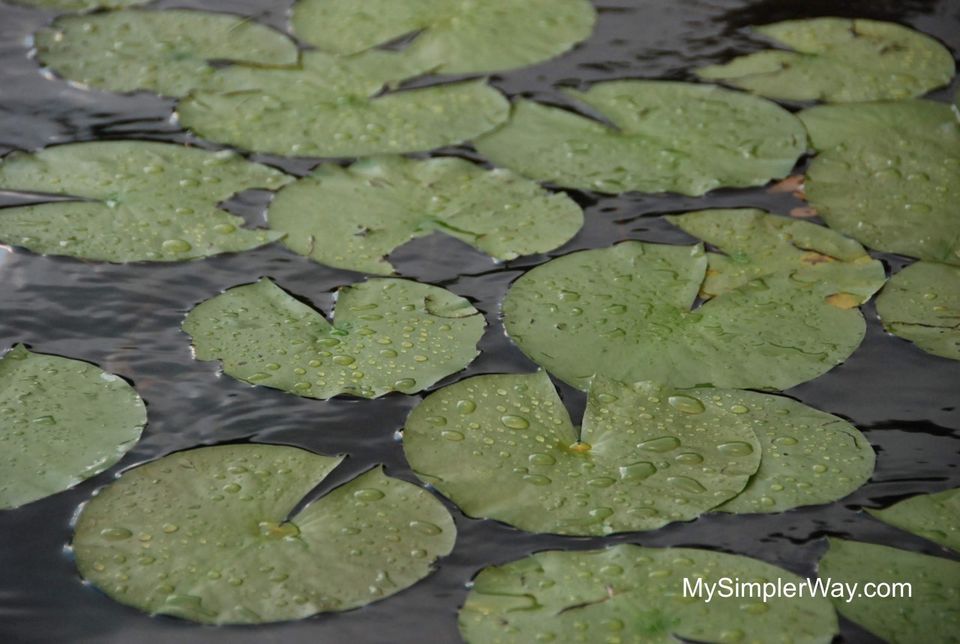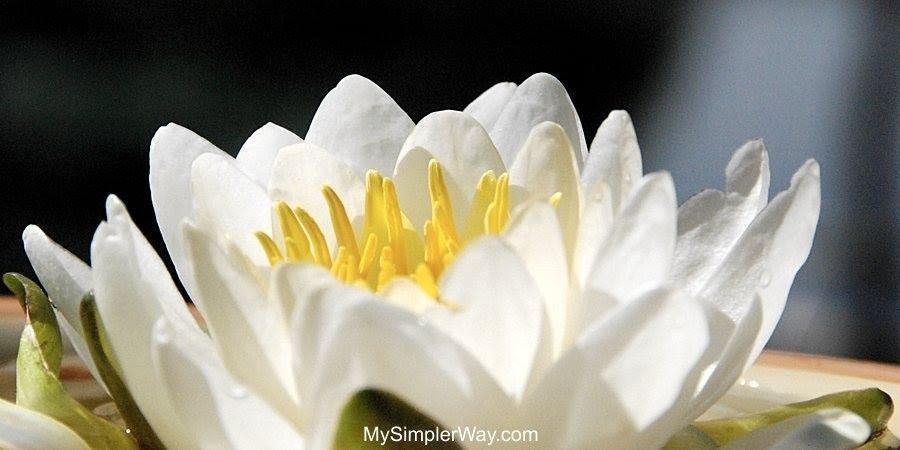Latin Name
Nymphaea odorata
Other Names
American White Waterlily, Fragrant Water-Lily, Beaver Root, Fragrant White Water Lily, White Water Lily, Sweet-Scented White Water Lily, Sweet-Scented Water Lily, Water Nymph
About
This richly fragrant flower is commonly found throughout North America and some parts of Central America in shallow lakes, ponds, and streams. It grows and spreads abundantly as wide-spanning clusters of plants. The leaves are large and float on top of the water, along with the flowers, while the stems and roots are submerged below in the water.
In fragrant water lily, the new plant requires three years to flower; it remains submersed the first year and produces only floating leaves the second year.
John Eastman - Wildflowers of the Eastern United States
All the different plant parts serve an important role as a source of food for numerous water-dwelling animals, including ducks and beavers. Some parts of the plant are also edible for us and used medicinally. The Fragrant Water Lilly is reported to have some antiseptic, antibiotic, and astringent properties. Most specifically, the dried root has been used to treat gastrointestinal, genital, and bronchial conditions. The leaves and roots have also been used externally to treat some skin conditions, lesions, and inflammation associated with mucous membranes.
There are numerous varieties of water lilies and some can cause toxicity so be sure to identify with certainty before using this plant for any food or medicine purposes.
Homeopathic Use
Nymphaea odorata is not a commonly used homeopathic remedy, however, for specific cases it has an affinity for treating diarrhea, back pains, and genital issues.
For more information about its homeopathic healing potential, refer to the materia medica on Nymphaea odorata.


